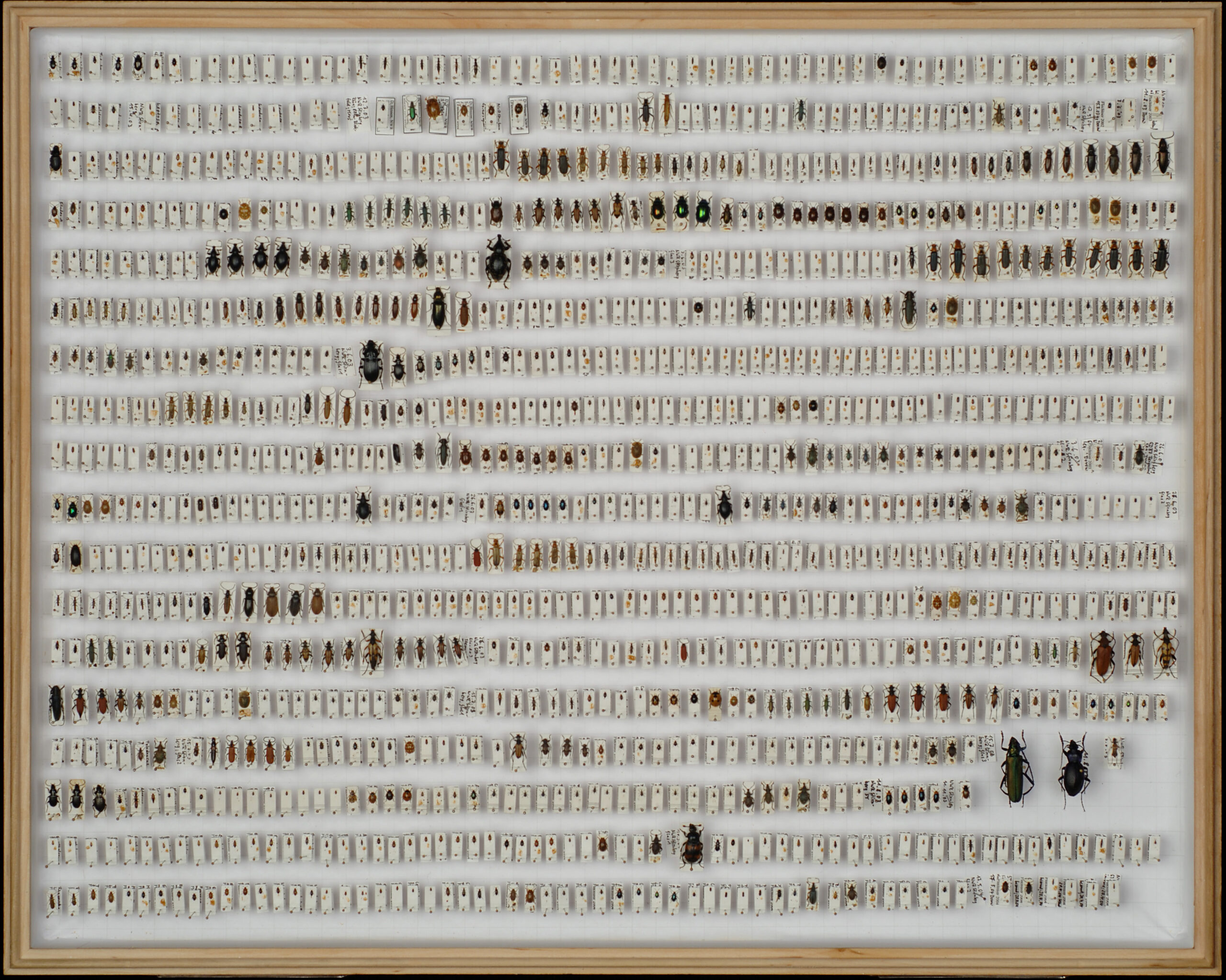Unknown Present

Unknown Present – Unknown Diversity
In all habitats in Germany, whether marine, terrestrial or limnic, there is still much to discover. However, some habitats are considered to be particularly species-rich, insufficiently studied or endangered and therefore need to be specifically investigated. These include coastal marine sediments, the soil habitat, the canopy of forests, the high altitudes of the Alps and low mountain ranges, as well as habitats with highly specialised species such as groundwater, raised bogs or cave systems.
The organism groups („taxa“) of the native fauna differ greatly in their respective species richness, individual density and biomass, as well as in their level of processing and knowledge. For example, large parts of the insect orders Diptera and Hymenoptera are mega-diverse, poorly studied groups that lack basic data such as species lists, distribution and endangerment information, identification keys and reference libraries (collections, barcodes and genomes), as well as knowledgeable researchers.
From an ecological point of view, information on the lifestyle and functions of the respective species (life history traits) is at least as important. In order to recognise ecological relationships, to assess biodiversity change and resilience (stability and adaptability) of ecosystems and to protect biodiversity in a targeted and comprehensive manner, we need species-specific ecological data in combination with taxonomic principles.








